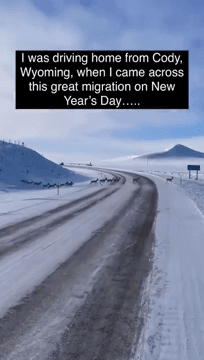
Hunting in the ZAMBEZI VALLEY: Wildlife, Traditions, and Challenges in One of Africa’s Most Iconic Hunting Destinations The Zambezi River Valley, in the heart of Africa, is a paradise for hunters seeking authentic adventures and unique challenges. With its vast diversity of landscapes, ranging from open savannas to dense forests and wetlands, this region is home to an impressive variety of species, from majestic elephants and buffalo to agile antelopes and stealthy leopards. Hunting in the Zambezi is not just a sporting activity, but also an immersion into a vibrant ecosystem and an ancient culture that has coexisted with nature for centuries. For those seeking an unforgettable hunting experience, this valley offers the perfect combination of excitement, tradition, and conservation. The Relationship Between Nature and Hunting: Landscapes, Biodiversity, and Climate The Zambezi River Valley, located in the heart of southern Africa, is one of the most fascinating destinations for hunte
Post: 3 July 06:48



















